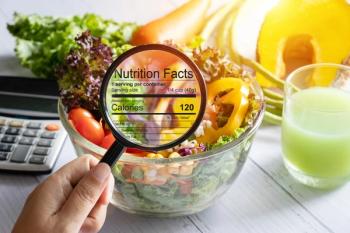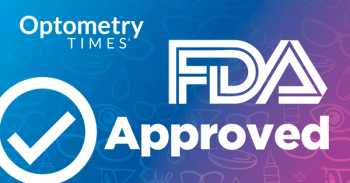
AAOpt 2023: Understanding nystagmus and providing better patient care
Nystagmus can be an intimidating condition, but understanding the treatment options can help patients feel as if they have more control.
Graham B. Erickson, OD, FAAO, FCOVD, caught up with Optometry Times® to share highlights from his 2023 American Academy of Optometry presentation, "Management of Nystagmus."
Editor's note: This transcript has been edited for clarity.
Graham B. Erickson, OD, FAAO, FCOVD:
My name is Dr. Graham Erickson. I'm a professor at Pacific University College of Optometry. Today, I was talking about [the] management of nystagmus.
Nystagmus is one of those things—it's very intimidating, because we know there's something wrong, neurologically, but I think the main issue for us typically is, is this a infantile case where it's not an active disease process? Or is it acquired? And that requires determining what is causing it. Is it active? What treatment options do we need for the cause of the nystagmus?
I think most nystagmus patients, the real challenge for them is that they're not really offered any treatment for the nystagmus itself. That's more of an apology: "I'm sorry, you have this, there really isn't much we can do about it." And that's what I was hoping the course would change.
Because I think there's two big challenges. One is diagnosing what's going on. And so we spent a lot of time going through all the potential causes and how to differentially diagnose where in the neurological process, things went wrong.
But then the other part is, what can you do to help these patients? So I talked about prescribing options, how we can utilize correction of refractive error to improve nystagmus, contact lenses are a great option to improve nystagmus. Prism is an option either to stimulate convergence, or to move the eyes so that the head can be more straight, and that will help with the nystagmus.
I talked over therapy options, traditional therapy to improve fusion, talked about biofeedback therapy. I think these patients often learned that it can control their nystagmus, so even though it's not something they can necessarily sustain all day long, they can dampen it and see better for brief periods of time, which is really helpful.
Then I went through pharmacologic options. What medications are prescribed? What is the effect? What types of nystagmus is it good for? And we ended with surgery. What kind of surgical options? How effective is that? There's no real consensus on surgery, although certainly they're the most commonly performed procedures. The challenge is that they tend to have a short term effect in a significant percentage of these patients.
So all of those, I think, are things that we should counsel our patients are options for them, and to at least try some of these things to see if we can improve their visual function. So hopefully, people walked away understanding a little more about this challenging condition.
For me, it's about first charting what the nystagmus characteristics are. So if things do change, I have a document I can look back at to see, well, it does appear to be changing. I also like the characteristics to help guide the radiology or neuro imaging studies, because poor radiologists are stuck going well, I gotta look somewhere for a problem, if we can guide where to look at makes their job much more effective.
And then the last thing is to be able to counsel patients. What are the options, and maybe I'll want to try some of those things to see if we can improve.
Future research, boy, it's challenging, but I think that we're gonna see more genetics emerging for where in the DNA some of this may be going wrong. That may lead us toward other treatment interventions that might be more effective.
And I think it's a sensitive topic. People are understandably concerned with this because it is an obvious neurological problem. And we want to reassure them, but we also want to make sure we get good care in the end.
Newsletter
Want more insights like this? Subscribe to Optometry Times and get clinical pearls and practice tips delivered straight to your inbox.



















































.png)


